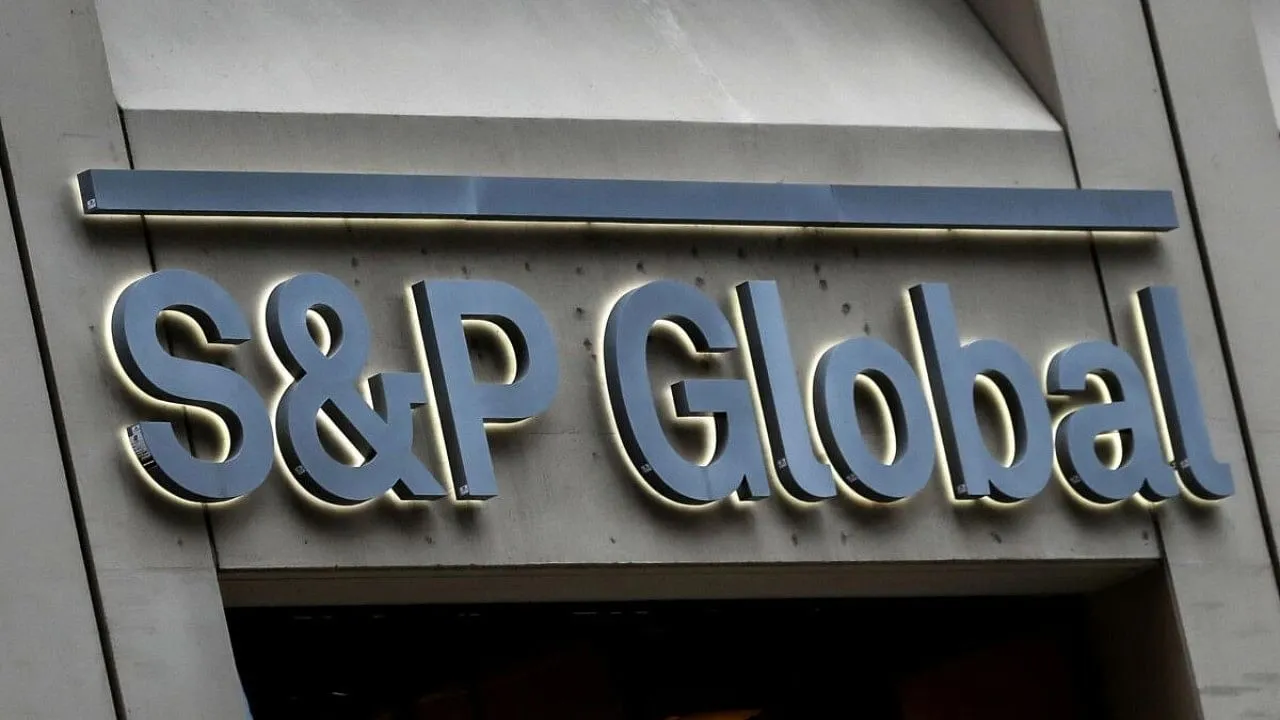S&P Report Predicts India May Become Upper-Middle Income Country by FY31

S&P Global's Projection for India’s Economy
New Delhi: In a significant report released by S&P Global, it is indicated that India may transition to becoming the third-largest economy and could potentially classify as an upper-middle-income country by the financial year 2030-31, provided it sustains an annual GDP growth average of 6.7% until the end of the decade.
The size of India’s nominal gross domestic product (GDP) is expected to nearly double to over $7 trillion by fiscal 2030-31 from $3.6 trillion as noted in fiscal year 2024. The report mentions that this growth would elevate India’s share in global GDP from 3.6% to 4.5%, alongside increasing its per-capita income to the upper-middle-income group.
Current Income Classification and Future Prospects
Currently identified as a lower-middle-income country with a per capita income around $2,400, India has been in this category since 2007, according to the World Bank. To officially transition to an upper-middle-income country, the per capita income needs to fall between $4,466 - $13,845.
Abhishek Tomar, Head of S&P Global India Leadership Council, elaborated that India’s medium-term economic prospects are bright, highlighted by opportunities across various sectors, including trade, agriculture, and artificial intelligence, alongside anticipated structural reforms and rising energy demands.
With an impressive expansion rate of 8.2% in the fiscal year 2023-24, India has marked itself as the fastest-growing major economy recently. The forecast for real GDP growth stands at 6.8% for the current year, following a moderation from the previous fiscal year.
In terms of monetary policy, the report underscores that the transmission of the Reserve Bank of India’s rate hikes between May 2022 and February 2023 is currently in progress, which is likely to have a modest impact on demand for the forthcoming fiscal year, 2024-25.
Furthermore, India's external buffers demonstrate resilience compared to other nations, bolstered by a considerably narrowed current account deficit and robust foreign exchange reserves of over $650 billion along with ongoing fiscal consolidation.
This article was prepared using information from open sources in accordance with the principles of Ethical Policy. The editorial team is not responsible for absolute accuracy, as it relies on data from the sources referenced.